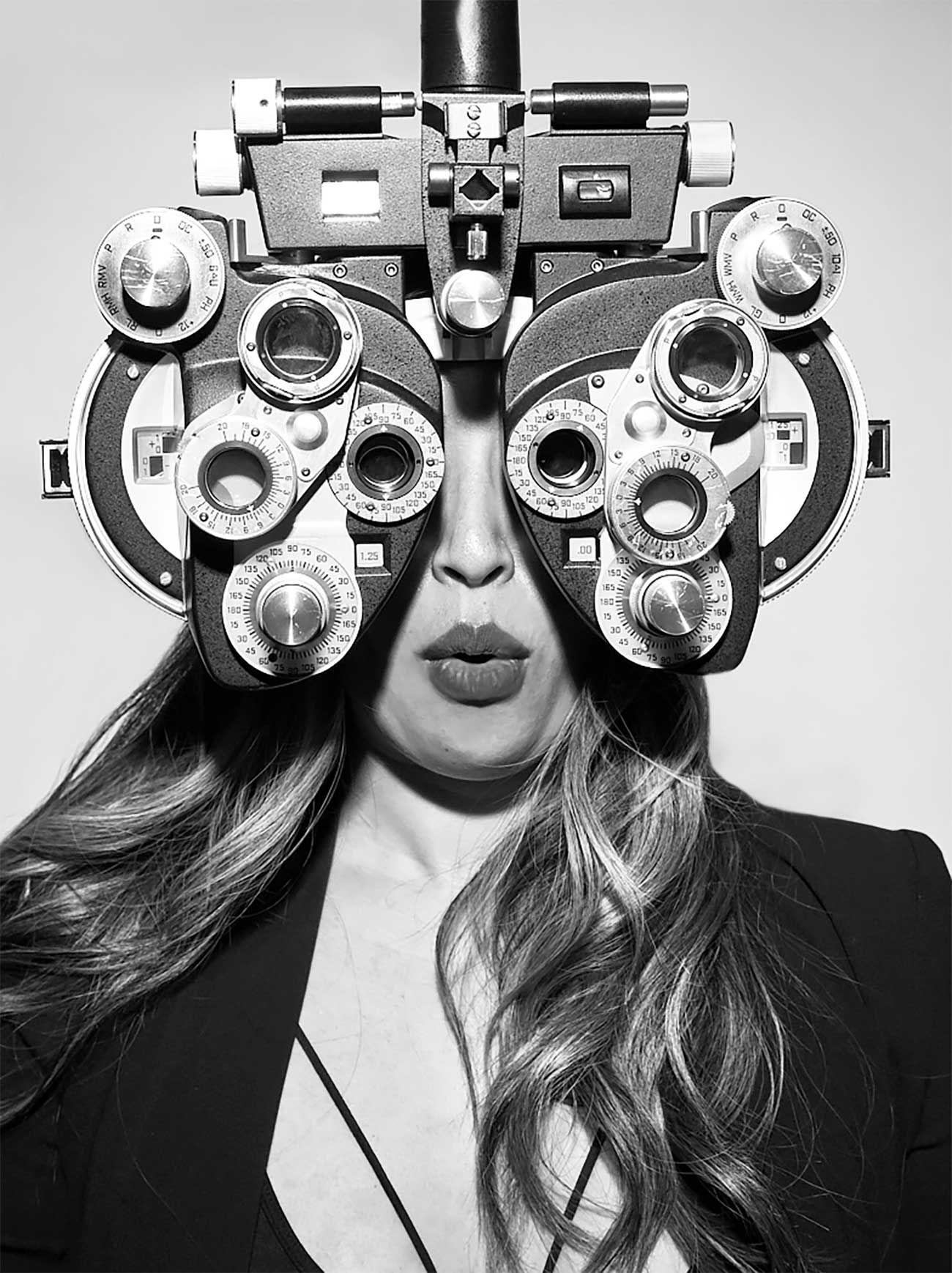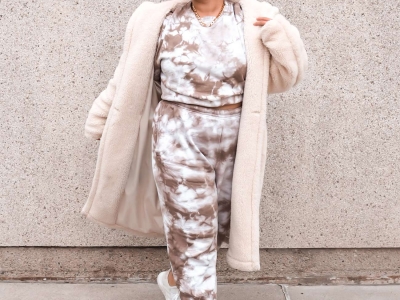
In addition to asking me how I managed to eat so much in Oahu (while wearing a bathing suit) and where to find the best croissants in Toronto, people often ask me for advice on how to start taking photos, whether it’s for their blog, Instagram or a hobby.
It always makes me feel like a bit of a fraud because as I possess the fleeting short term memory of a goldfish, my brain has never been able to retain the technical aspects of photography. Everything I know comes from experience and crudely MacGyver-ing equipment and props to achieve the look I want.
There was even one time a classmate asked to borrow my studio lights, to which I responded “You mean my desk lamp?” 🤦🏻♀️
But despite my imposter syndrome when it comes to my photography skills, I have managed to picked up some useful tips, tricks and advice over the year.
RELATED READING:
➳ How Winning An Award Affected My Impostor Syndrome
➳ 7 Things I Learned From Building A Website From Scratch
➳ 7 Tweaks You Can Make Immediately To Improve Your Blog
High on the excitement of committing to a new venture, our first impulse is to barrel forwards, full steam ahead. In order to to chase our lofty goals, we think the first steps are investing in fancy equipment, the top-of-the-line software and enrolling in expensive courses. That’s a great plan….to psyche yourself out.
While I admire the hustle and ambition, there are plenty of things you can do to start taking photos before you even have to think about buying a camera.
1/ ASK FOR ADVICE
Many people operate from the misguided belief that asking for help makes you weak or less-than, especially if you pride yourself on your self-sufficiency. In a way, it feels vulnerable because you’re admitting that you don’t know everything. But when you’re starting out you’re not supposed to know everything…and that can be liberating!
Instead of banging your head against the wall, hoping that the answers will magically pop into your brain, find someone doing what you aspire to and simply ask them for advice.
Action: Before you reach out to an expert in the field, do your own research to arm yourself with pertinent questions. For simpler queries, solicit forums like Quora, Reddit, and Facebook groups dedicated to mastering the craft.
Start compiling a list of questions that require further clarification, that way you’ll be prepared to pick someone’s brain without wasting anyone’s valuable time.
2/ Find Your People
Before you start taking photos, prepare yourself for the frustration that inevitably accompanies a new pursuit. It can feel as if you’re the only one in the world who is struggling, especially if you don’t personally know anyone experiencing the same issues.
Finding a community of individuals who share that struggle will not only be a balm for your torment but it will fortify you to keep making strides forwards. Talking it out with people who can relate can also help get you out of your head.
Action: Join Facebook Groups on topics you’re interested in and participate in conversations or ask questions. Build a network of like-minded people by attending events or signing up for relevant classes. Follow and comment on people who’s work you admire. Don’t be afraid to reach out to them via DM to chat!
3/ Don’t make it an option
If you’re waiting to take all the classes, do as much research possible, buy all of the equipment, etc…before you feel ready to start taking photos — don’t. Instead of wasting valuable time procrastinating, paralyzed in a state of indecision, just do the damn thing.
Commit to taking a photo a day (or whatever works for you) and stick to it. Make it as much of a priority as brushing your teeth in the morning is (and it better be a priority because otherwise that’s gross).
It may not seem like a big deal to skip a day here and there, but when we don’t do what we say we’re going to do, it erodes our confidence and makes us less likely to accomplish our goals.
Action: Be realistic when setting your objectives. Whether it’s daily, weekly, monthly, etc…break down your goal into smaller tasks and only assign what is manageable for you to complete in that time frame. How do you eat an elephant? One bite at a time. Before you know it, all those incremental steps will carry you to where you want to be.
4/ Stick With it
There’s a quote by radio personality, Ira Glass, that perfectly expresses the frustration of the creative process, especially when you’re starting out: “Your taste is why your work disappoints you.”
The prospect of mastering a new skill like photography is exciting — you’re inspired by geniuses like Richard Avedon and Helmut Newton and can’t wait to produce work worthy of garnering widespread acclaim and prestige. But unless you’re a prodigy, everything you’re likely to execute at first will be a well-intentioned pile of crap because your skills aren’t at your taste level…yet.
Action: Before you smash your camera into smithereens, take a beat. Glass went on to explain his process of closing the creative gap by generating large volumes of work; churning out pieces until his work matched his aspirations.
Whether you want to start taking photos, salsa dance, or solve crimes — excellence requires consistency. That’s why “Practice makes perfect” is such a common saying. In fact, Malcolm Gladwell claims that “10,000 hours is the magic number of greatness.”
Accept where you are and reframe struggle as part of the process that precedes that satisfying Ah hah! moment. It may take time and a lot of elbow grease, but eventually your abilities will catch up to your taste.
5/ Imitation precedes creation
When I was a kid, I was so incredible frustrated that everything I created. Whether it was art or writing, everything felt like a faint echo of someone else’s genius. After reading a novel by a favoured author, I’d be inspired to write only to produce a painfully low-rent iteration that didn’t feel like it belonged to me.
Imitation is a good jumping off point when learning a new skill. Creators have been blurring the lines between appropriation and influence for years because recreating in a method to internalize what we admire.
For example, Hunter S. Thompson (author of Fear and Loathing in Las Vegas) would transcribe the entirety of Hemingway’s books. He claimed that the process provided insight on what it felt like to write something great.
However, imitation is NOT the same as plagiarism. Give credit where credit is due and cite your inspiration!
Action: Find work that you admire and start taking photos emulating those references. During the process, take note of what and why you love about the composition, light, colours, subject matter, etc…Once you have the skills down, then you can innovate and create your own style.
6/ Look look look some more
When I was at OCAD studying to become an art director and graphic designer, the curriculum didn’t emphasize learning how to use programs like Photoshop. In fact, I wasn’t formally trained in software at all. My instructors were more concerned with teaching me how to see.
While understanding the technical aspects of photography and a camera is important, learning to actively observe is crucial. Training your eye to notice when you need to turn a fork 7° counterclockwise for your flat lay to click or when the light is slightly off is something you can’t learn from a book.
Action: Search for inspiration and examples of photos you like — flip through magazines, scroll through Pinterest, stalk your favourite influencers on Instagram and bookmark photos you like, etc…Take note of what you like about these examples — the pose, colours, negative space, props…Fill your eyes with as much as you can till your brain absorbs it and eventually it’ll become almost like muscle memory.
7/ start small
When people who want to start taking photos ask me which high-end camera they should buy or what expensive editing software they should invest in, my answer is “None.” Dropping a stack of bills on fancy equipment does not ensure that you’re going to capture great images.
Before you start throwing cash around like you’re Beyoncé, consider why you want to start taking photos. Is it a fun hobby? A side hustle to diversify your income? An entirely new career path? Not only is defining your goals imperative to achieving them, but knowing your why will be your north star, guiding you to make investments that are worth your hard-earned coin.
Action: Smartphone cameras are so high quality nowadays that you can start taking photos immediately to get a feel for composition and light. Try your hand at editing with free apps like Snapseed or conduct test runs with free trials of editing software like Lightroom Photoshop before subscribing to a membership.
Want to take epic flat lay photos of your lunch? You don’t need to purchase a marble countertop for a fancy backdrop. Instead, opt for self-adhesive marble contact paper and stick to some foam core boards from your local art store.
Another one of my favourite quotes when it comes to creativity is by renown graphic designer, Milton Glaser: “The real issue is not talent as an independent element, but talent in relationship to will, desire, and persistence. Talent without these things vanishes and even modest talent with those characteristics grows.”
Whether you want to start taking photos or a writing a blog or salsa dancing, the only way you’ll make progress is by sticking with it.
If you’re thinking of putting together a website, here are some more tips that you may find helpful.
Keep your stalking game strong and follow me @teriaki if you aren’t already!








0 Comments